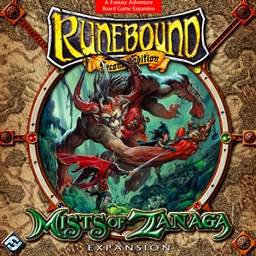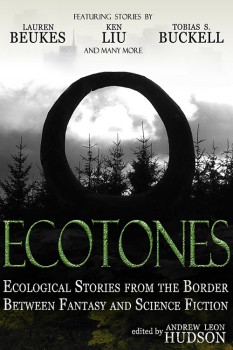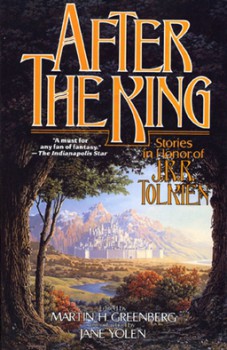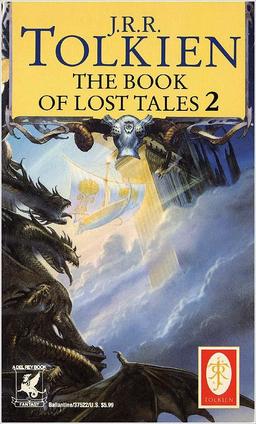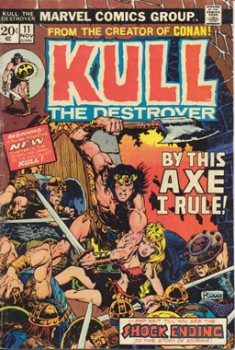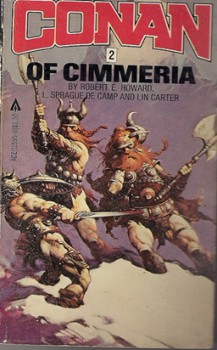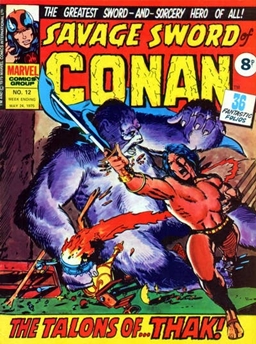Discovering Robert E Howard: Fred Adams Jr. on Esau Cairn – A Man Outside His Epoch
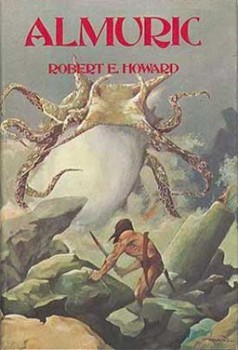 As you can see from the list of prior essays in this series down below, we’ve wandered all over the Robert E. Howard landscape. But we hadn’t touched on Howard’s science fiction. Dr. Fred Adams goes off-planet for us and examines one of Howard’s cult classics, Almuric. Blasting off…
As you can see from the list of prior essays in this series down below, we’ve wandered all over the Robert E. Howard landscape. But we hadn’t touched on Howard’s science fiction. Dr. Fred Adams goes off-planet for us and examines one of Howard’s cult classics, Almuric. Blasting off…
In his novel Almuric, published in Weird Tales in 1939, Robert E. Howard presents a one-shot protagonist named Esau Cairn, a man in many ways typical of Howard’s barbarian warrior-heroes, but who departs from them in that he is more philosophical than most of Howard’s creations, and perhaps in many ways best speaks to Howard’s personality and philosophy.
Much of the discussion of Esau Cairn and of Almuric hinges on what I call the WWCD? Issue: ‘What Would Conan Do?’ in the modern world. That topic has been exhaustively covered by the discussion threads of the Robert E. Howard Society, and several interpretations have been postulated. To me, the importance of Esau Cairn as a character is that he gives voice to Howard’s own frustration at being a man of action trapped in a relatively genteel world.
Howard wrote, in “The Tower of the Elephant,” “Civilized men are more discourteous than savages because they know they can be impolite without having their skulls split, as a general thing.” Cairn bears out that rule when his barbarism rises to the surface and he kills a corrupt politician (perhaps rightfully so) with a single blow to the head.


